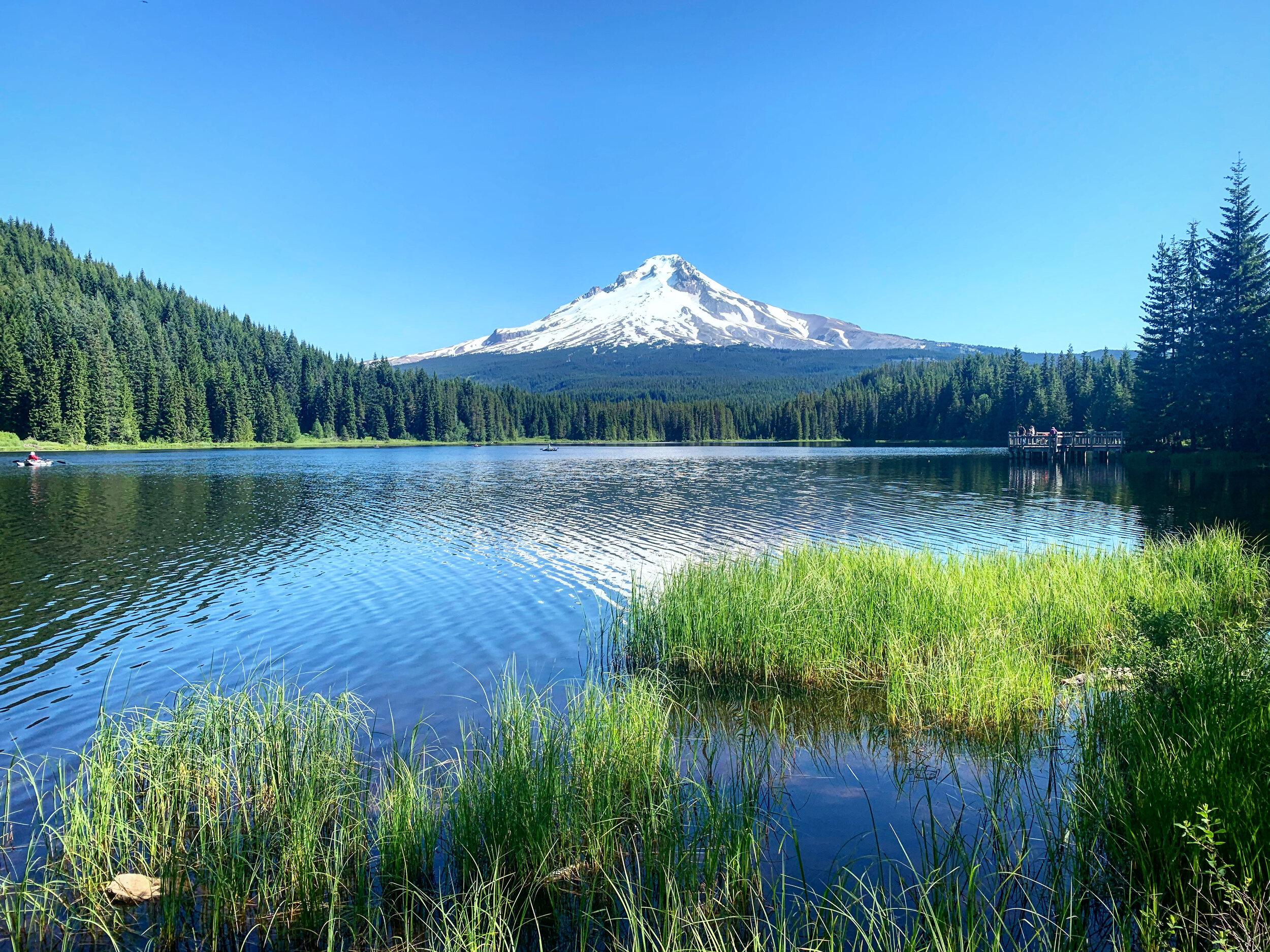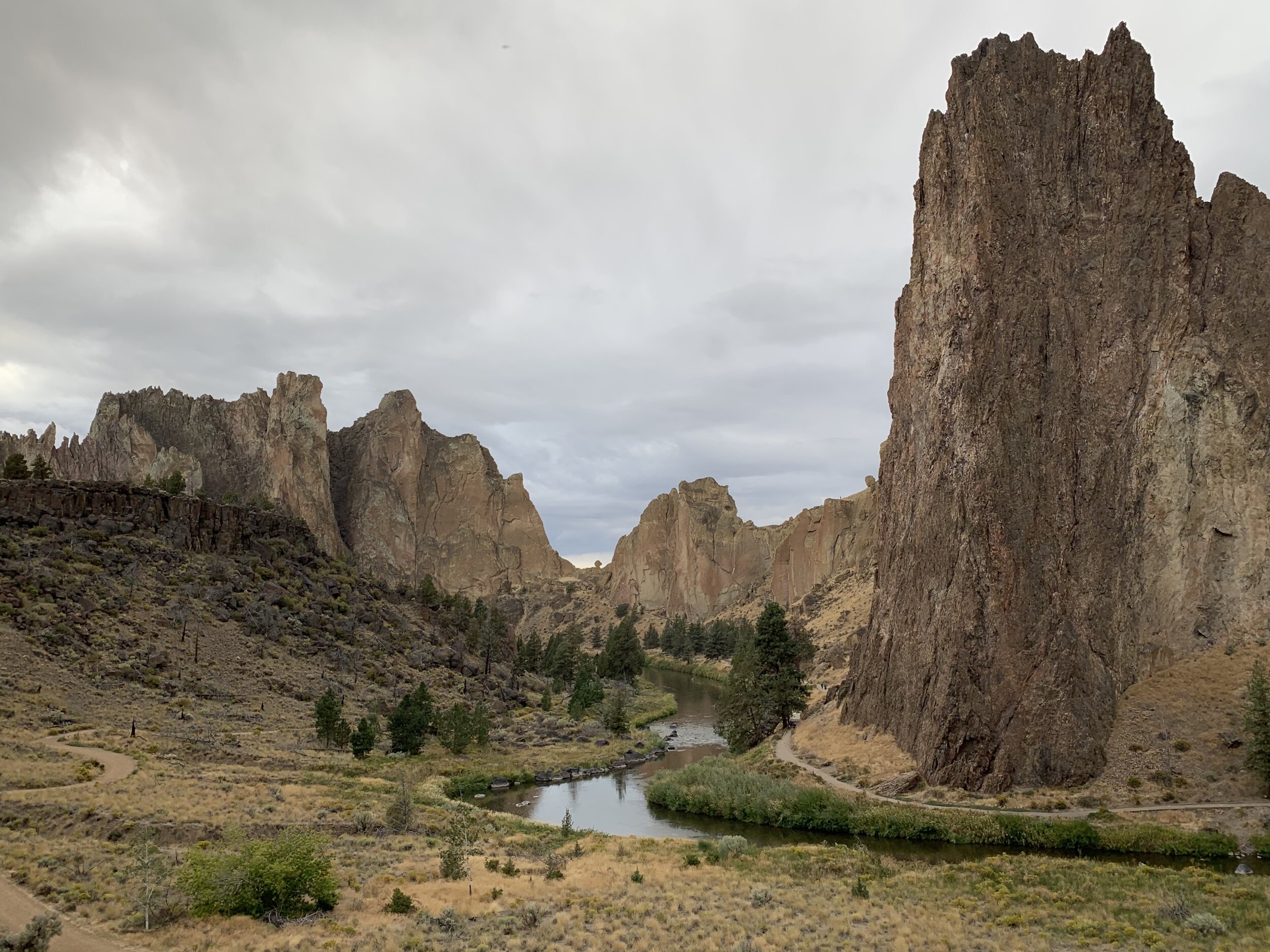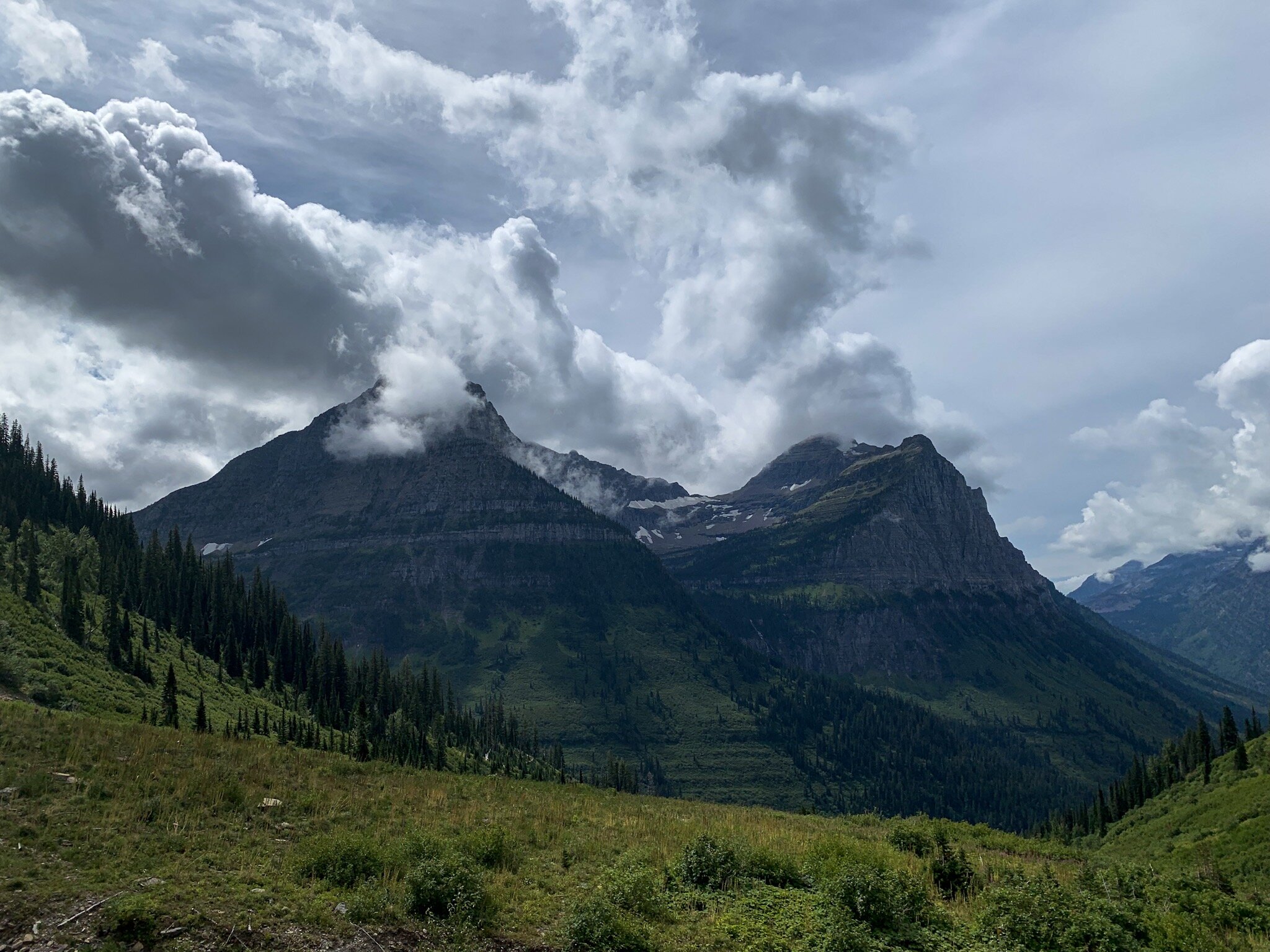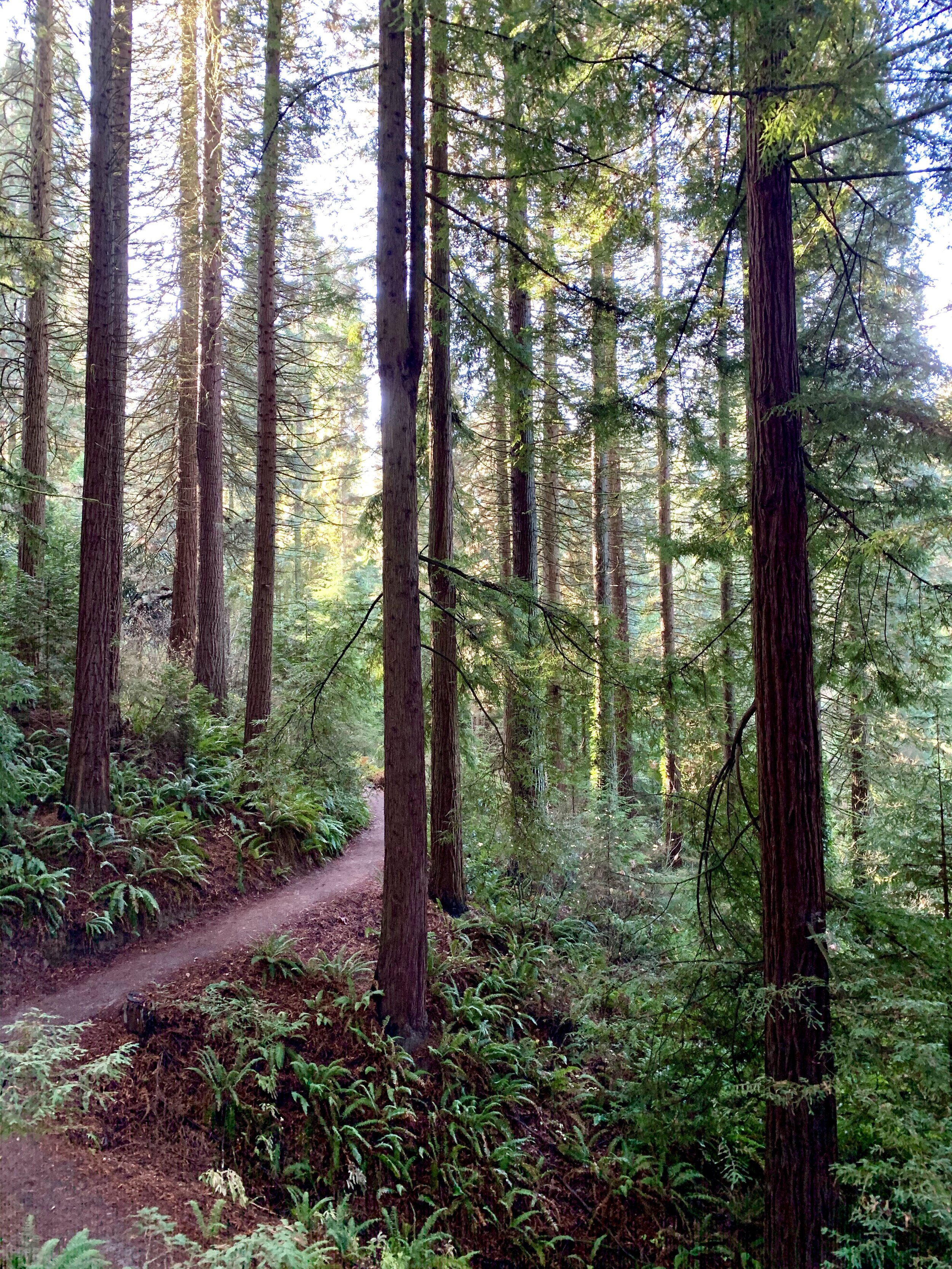Vanlife is becoming the newest movement, and with so many people embracing the nomadic lifestyle, there are more visitors than ever to a lot of the most popular places in the US. While places like Yosemite, Yellowstone, the Grand Canyon, and Glacier National Park, are incredible, when you drive a large vehicle, these places aren’t as accessible as we might like them to be. However, there are lots of places in the country that are super accessible to vanlifers, and are must see’s when it comes to getting out and exploring the country for the first time. These are my favorites for when you first hit the road.
Sedona, AZ
Sedona is a vanlife hotspot that everybody already knows about. It’s not a secret destination, but it is incredibly van friendly, and the locals are welcoming to vanlifers. There’s Forest Road to camp along, free water fillups in town, and three major grocery stores to shop at. Not to mention, the endless hiking trails, beautiful scenery, and good plant based food. This is an area that people travel to every year, whether they live in a van or not, and the accessibility of the things to do, great places to sleep, and easy ways to stock up on supplies makes it a great choice for beginners.
Cons: The trailhead parking lots are super small, so if you live in a big vehicle like me, you might have trouble parking at some of the most popular trails.
Learn more about Sedona in last year’s blog post: A Vanlife Guide to Sedona
Joshua Tree National Park, CA
National Parks are notoriously inaccessible, but Joshua Tree is a small exception. This beautiful National Park has large vehicle accessible parking, lots to see, do, and hike, stunning desert scenery, and nearby BLM land to park on, on both the South and North ends of the park. You can also fill up water in all bathrooms with running water, both on the South side of the park at the Cottonwood Visitor Center, and the North Entrance Station.
Cons: Joshua Tree is not dog friendly. While your dog can accompany you into the park, they are only allowed in the picnic areas, and not on any of the trails.
Bend, OR
Bend is easily one of my favorite places to be in the country. Aside from the adorable downtown, dog friendly trails, and nearby free camping in the Deschutes National Forest, this is truly a vanlife hotspot all year long. It’s even the site of one of the largest annual vanlife meetups, Descend on Bend. This is a super van friendly city where the locals know that vanlifers love to pass through. You’re allowed to park overnight on the streets in the city, too, if you don’t feel like driving out to the National Forest.
Cons: It is a larger city, which makes it a bit harder to navigate in a van. Be prepared for skinny dirt roads to get to camp, and busy highways to get into town for groceries.



















































































